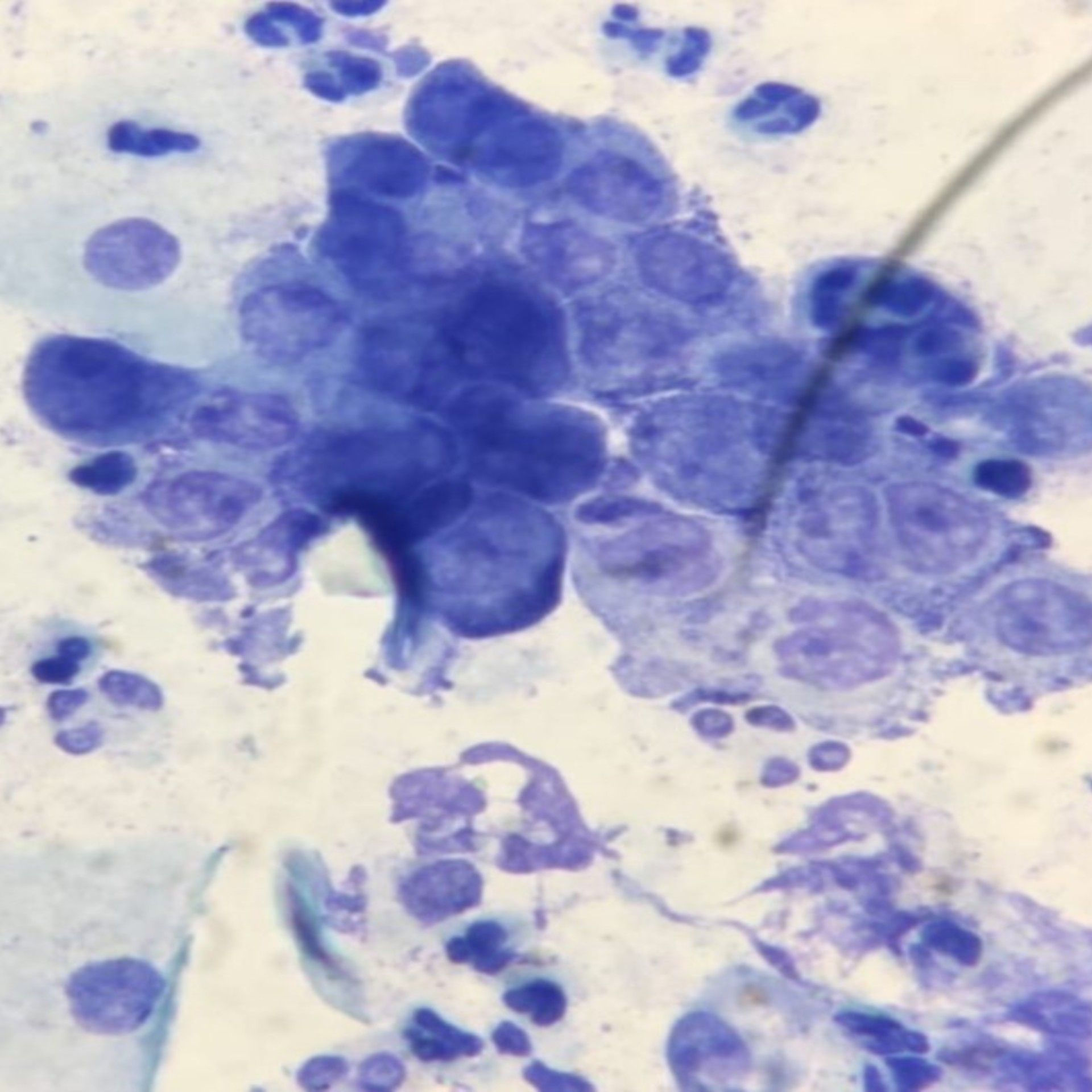
What are chlamydia?
Chlamydia is a bacterium that causes inflammation and often occurs in the mucous membranes of the urethra, in the cervix or in the rectum . However, they can also occur in the throat. Along with HPV infections, trichomoniasis and gonorrhoea, a chlamydia infection is one of the most common sexually transmitted diseases within Germany.
How can you become infected with chlamydia?
Chlamydia settle on the mucous membranes of the urethra, in the cervix, in the rectum and in the throat. They are also found in the vagina, in the vaginal fluid and in semen. In lower concentrations chlamydia can also be found in the so-called "lust drop" and in urine . Transmission with chlamydia can occur during any kind of sexual practice, provided there is direct contact with an infectious body fluid or mucous membrane. Infection can also occur through the hands or sex toys. To protect yourself from infection with chlamydia, you should therefore always engage in protected vaginal and anal intercourse.
Chlamydia can also be transmitted through oral sex and thus enter the throat. As a rule, however, they do not cause any illnesses here and disappear again on their own after a few weeks.
How can you protect yourself from a chlamydia infection?
Although condoms considerably reduce the risk of chlamydia infection, cannot reliably exclude transmission. People who frequently change their sexual contacts can get tested for chlamydia at regular intervals. In this way, an infection can be diagnosed early to protect others from infection .
What is the course of a chlamydia infection?
An infection with chlamydia usually does not cause any symptoms, or only mild ones . If symptoms do occur, this is usually due to the infection. If symptoms occur, this is usually the case one to three weeks after infection. However, since those affected do not usually experience any symptoms, a infection with chlamydia often remains undetected. Since an untreated disease can lead to pelvic inflammation in women and to inflammation of the prostate, testicles or epididymis in men, chlamydia is a health risk that should not be underestimated. In pregnant women, a chlamydia infection can trigger a premature birth. It is also possible for the bacterium to be transmitted to the newborn. In rather rare cases, the chlamydia bacteria also accumulate in the joints, where they can cause joint inflammation. With a chlamydia infection, the risk of HIV transmission also increases with unprotected sexual intercourse.
What are the symptoms of chlamydia?
Although chlamydia often does not cause any symptoms, it can cause the following symptoms in infections of the genitals or urethra:
- Discharge from the vagina or urethra,
- Itching and/or burning,
- Pain when urinating.
If
a chlamydia infection occurs in the rectum, it can also be asymptomatic in many
cases. Sometimes, however, the disease
can also lead to a mucopurulent discharge, itching, pain,
an inflammatory rash and/or diarrhoea-like symptoms
.
Even if the symptoms of a chlamydia infection
disappear or disappear completely, you should still see a doctor and have yourself examined. The pathogens can still be in the body and continue to spread.
What complications can occur as a result of a chlamydia infection?
If a chlamydia infection is not treated, it can rise in the body and lead to the following complications:
- In women, the infection can spread to the uterus, fallopian tubes and abdominal cavity and cause inflammation here. Those affected complain of heavy menstrual bleeding or intermenstrual bleeding and fever. In particularly severe cases, an untreated infection with chlamydia can cause an abdominal cavity or tubal pregnancy or even lead to infertility.
- In men, an ascending chlamydia infection can manifest itself as pain in the testicles or in the lower abdomen, which is accompanied by fever. If the disease remains untreated, it can lead to inflammation of the vas deferens, the epididymis or the prostate. In the worst case, the man can become infertile .
How is chlamydia diagnosed?
A Chlamydia infection can be diagnosed by a urine test or a smear test . A so-called STI test is usually used for this purpose. The test can be done by a specialist in skin and sexually transmitted diseases, but also by a gynaecologist or urologist . If there are symptoms or a concrete suspicion of a chlamydia infection, the diagnostic costs are covered by the health insurance. In addition, tests can be carried out at AIDS help centres, but also at health offices. Although there are now also STI tests for home use, these are usually inaccurate unless they are sent to a laboratory and can therefore often show false results. If the test result is positive, you should still see a doctor.
In order to detect chlamydia as early as possible, young women up to the age of 24 are actively offered a so-called chlamydia screening. For this purpose, they can be tested for chlamydia once a year free of charge.
How is chlamydia treated?
A chlamydia infection can be treated well with antibiotics and is curable . The earlier the disease is diagnosed, the better. The earlier the disease is recognised and treated , the easier it is to cure. Since chlamydia is highly contagious, sexual intercourse should be avoided during the therapy period. . Sexual partners should also be examined for a possible chlamydia infection and, if necessary, also start therapy .
As part of prenatal care , an examination for chlamydia is carried out at regular intervals, as the pathogen can cause premature births, for example, but can also lead to an infection in the newborn. If chlamydia is diagnosed within a pregnancy, antibiotics can be prescribed.
